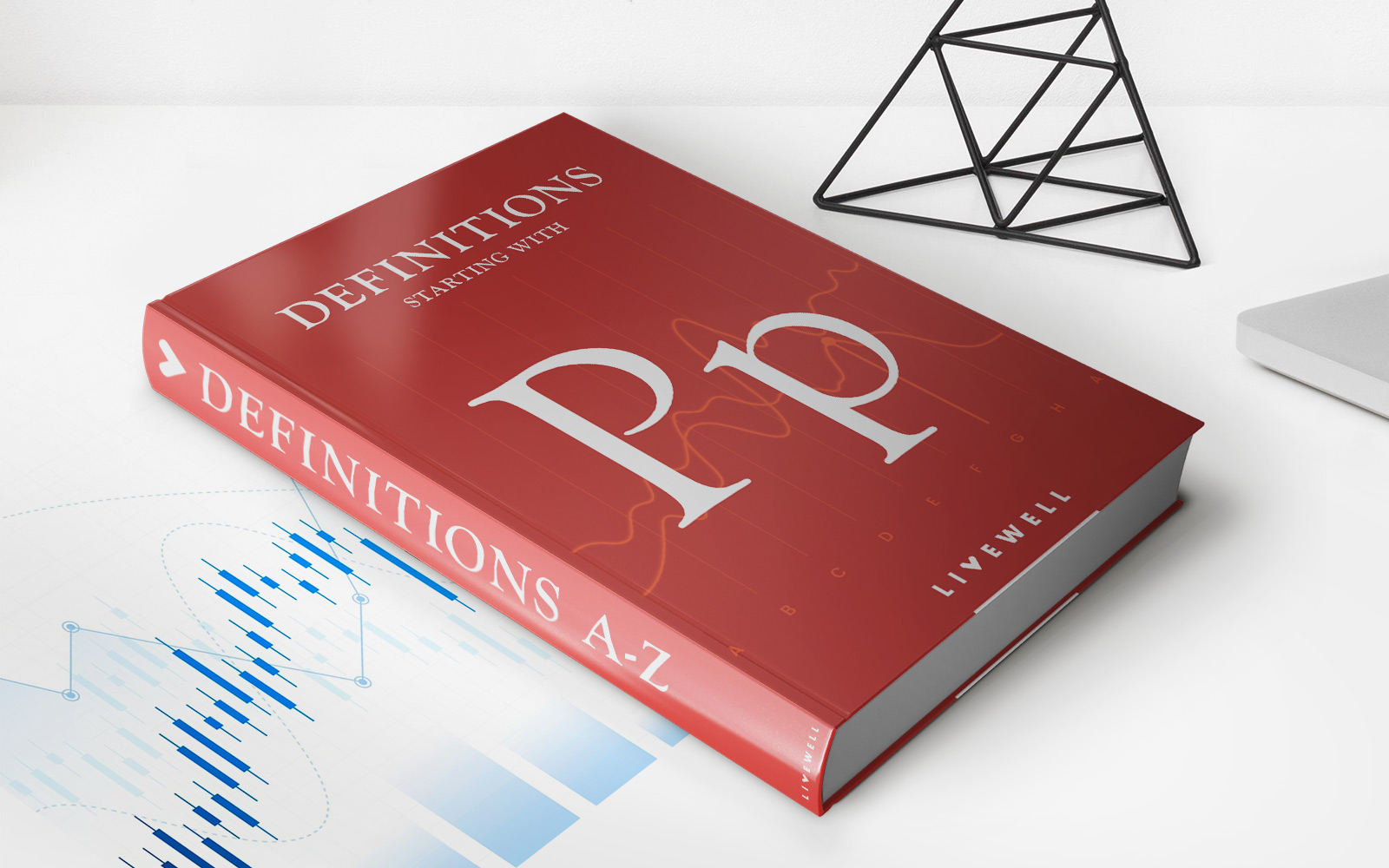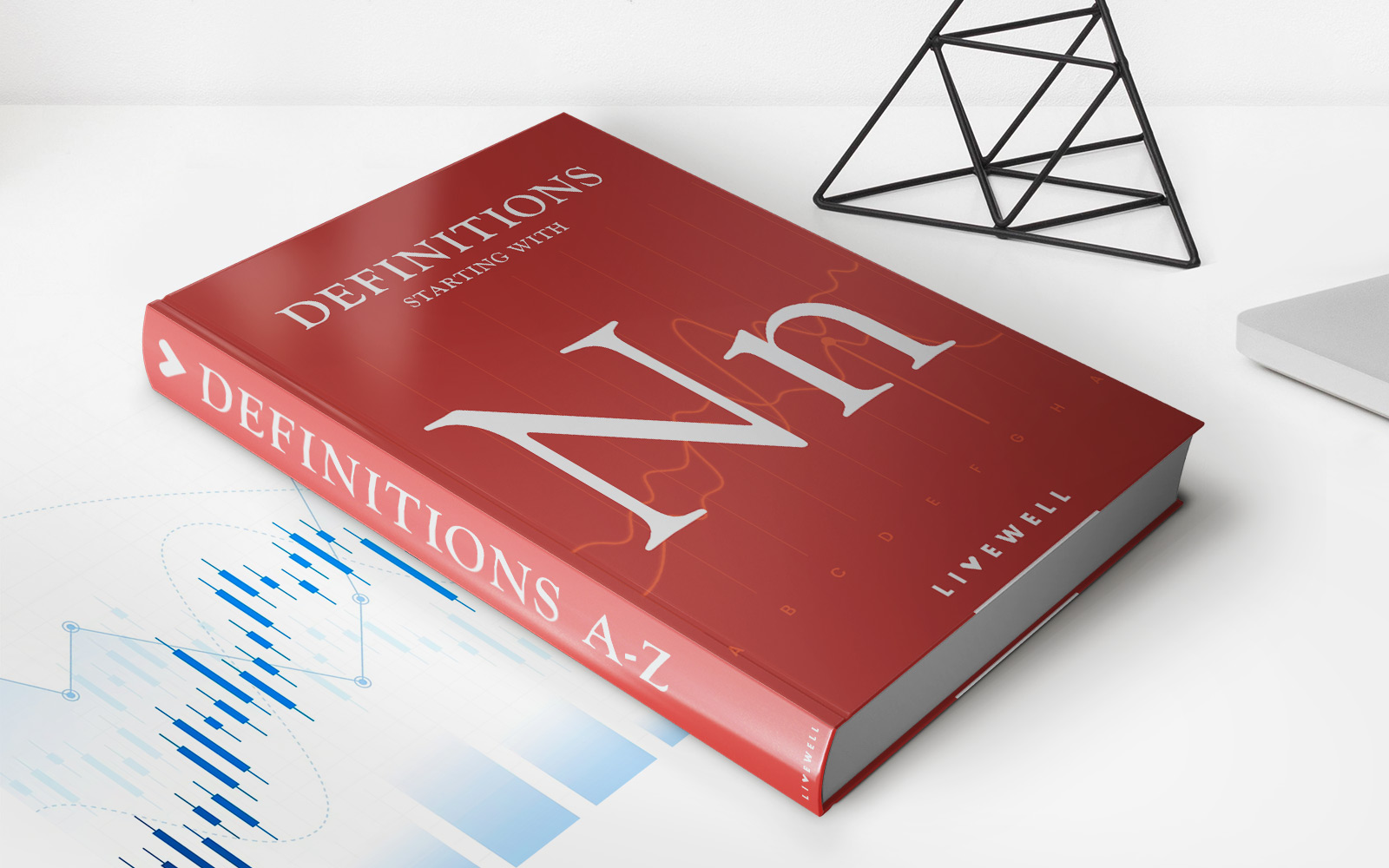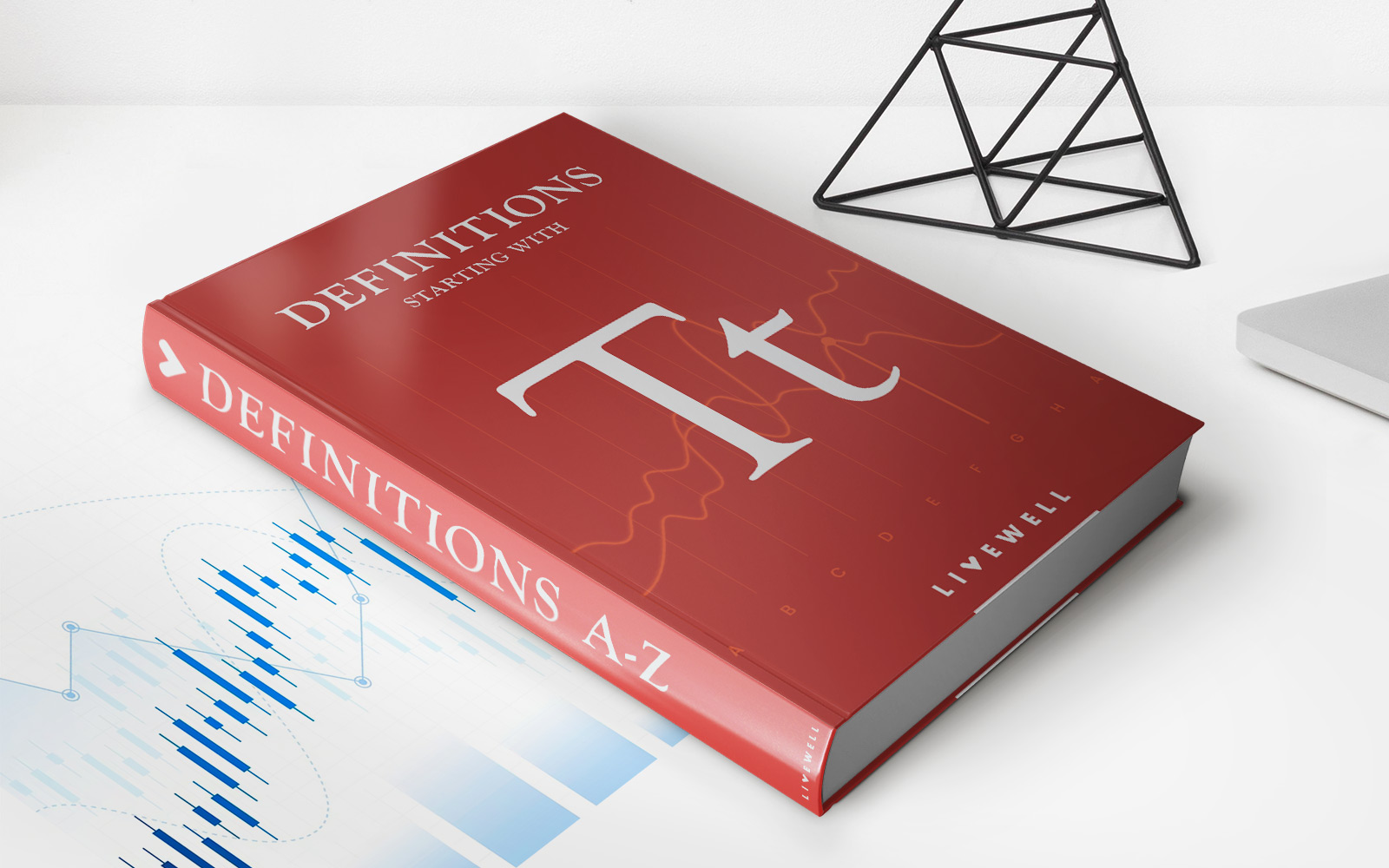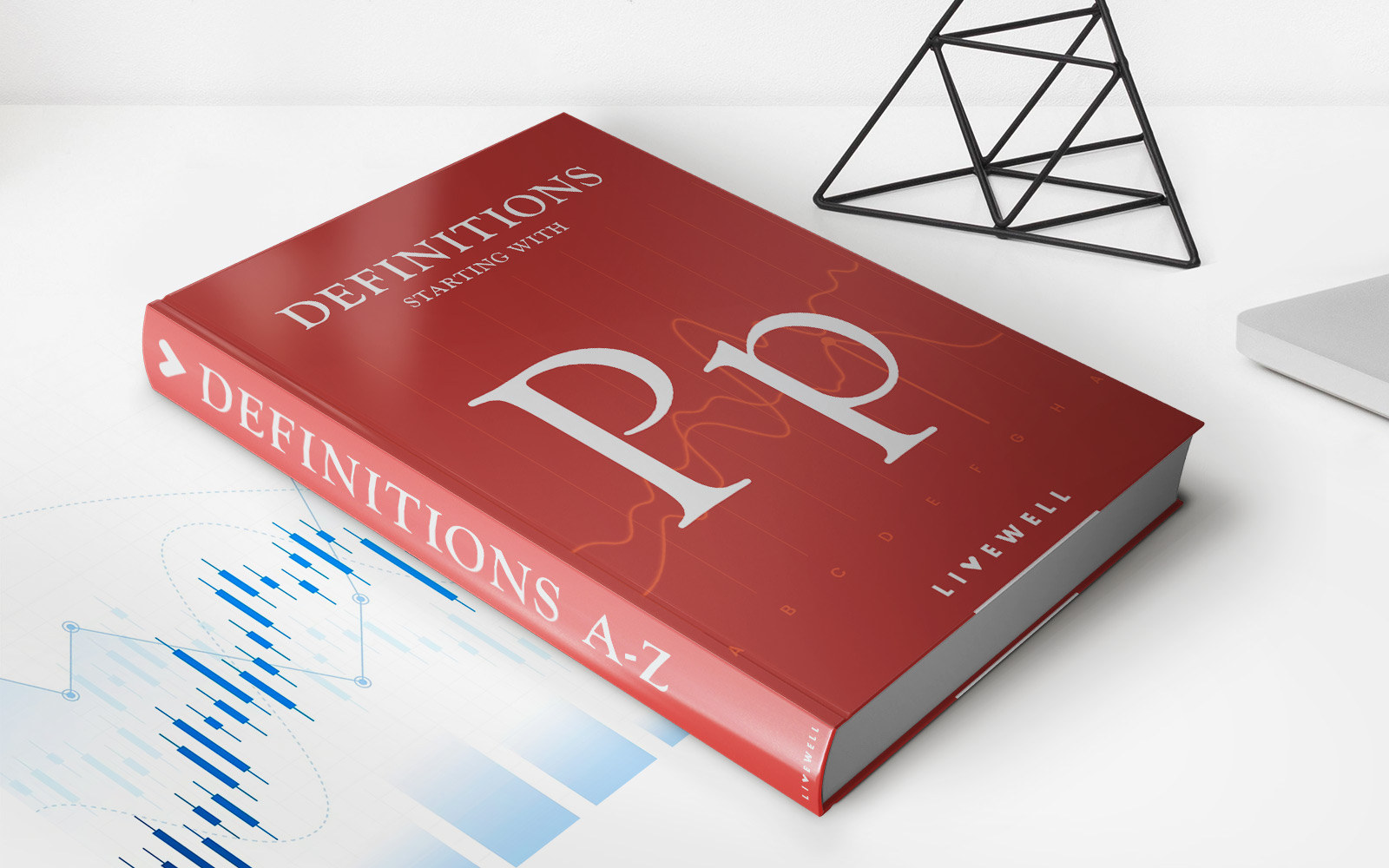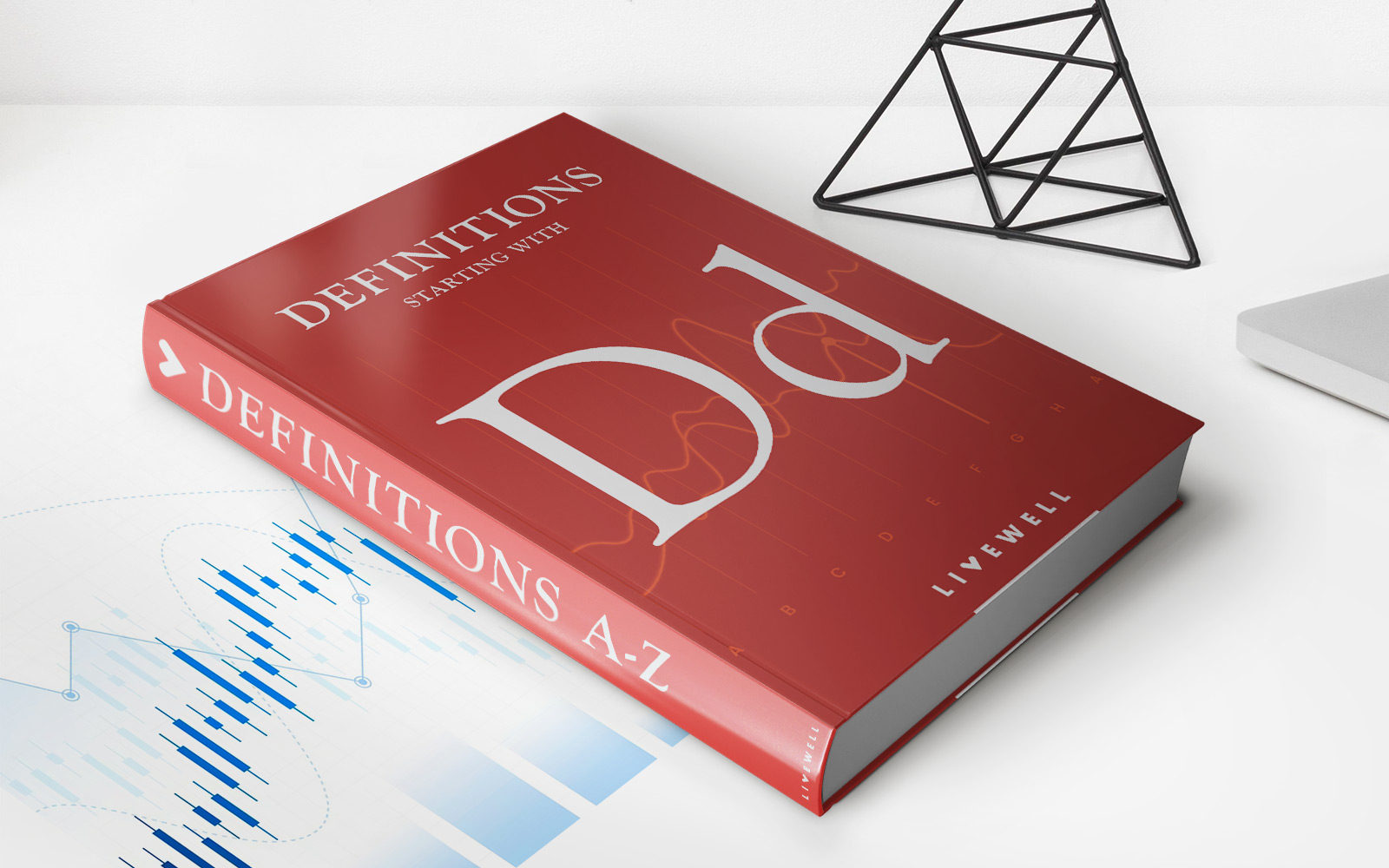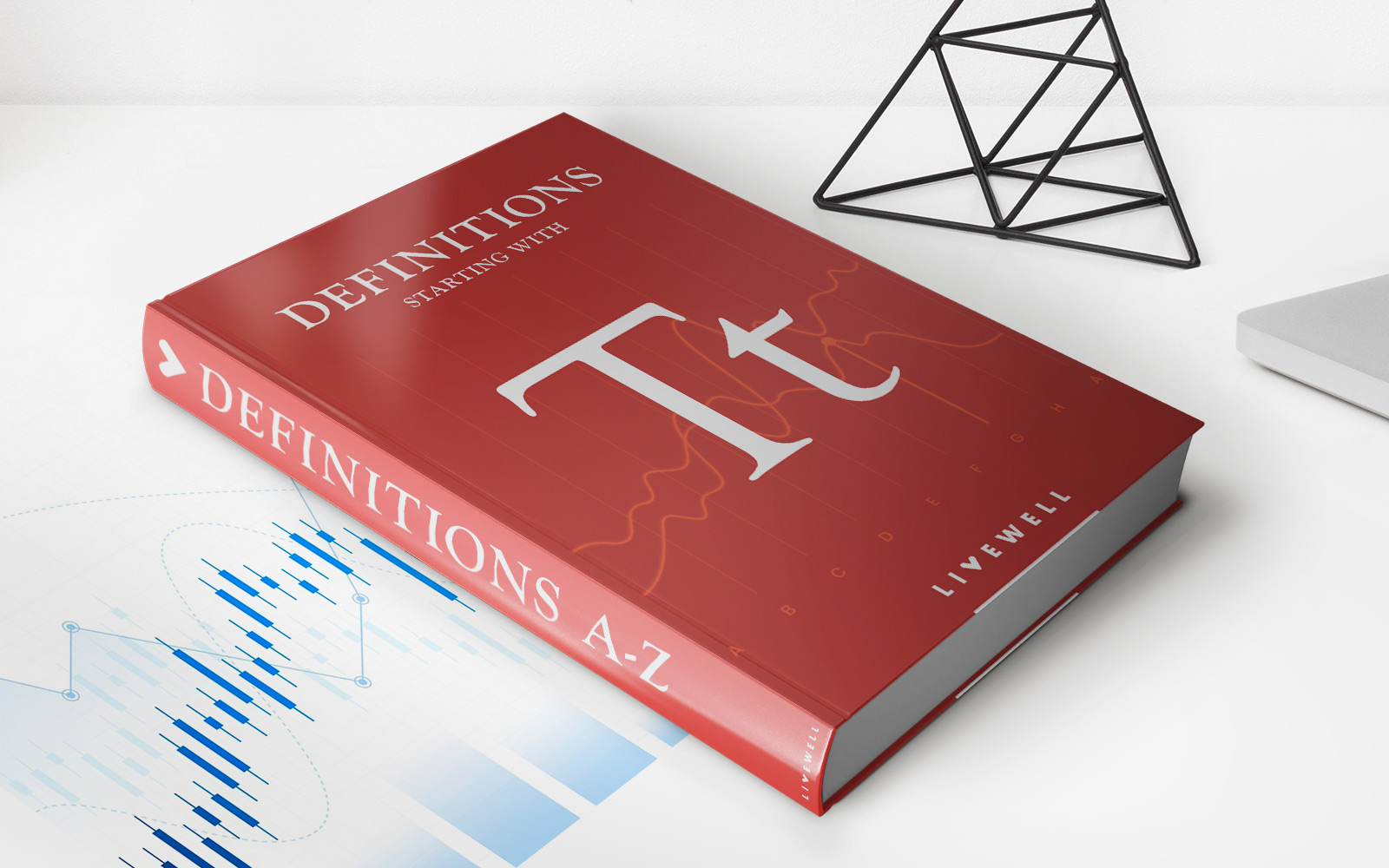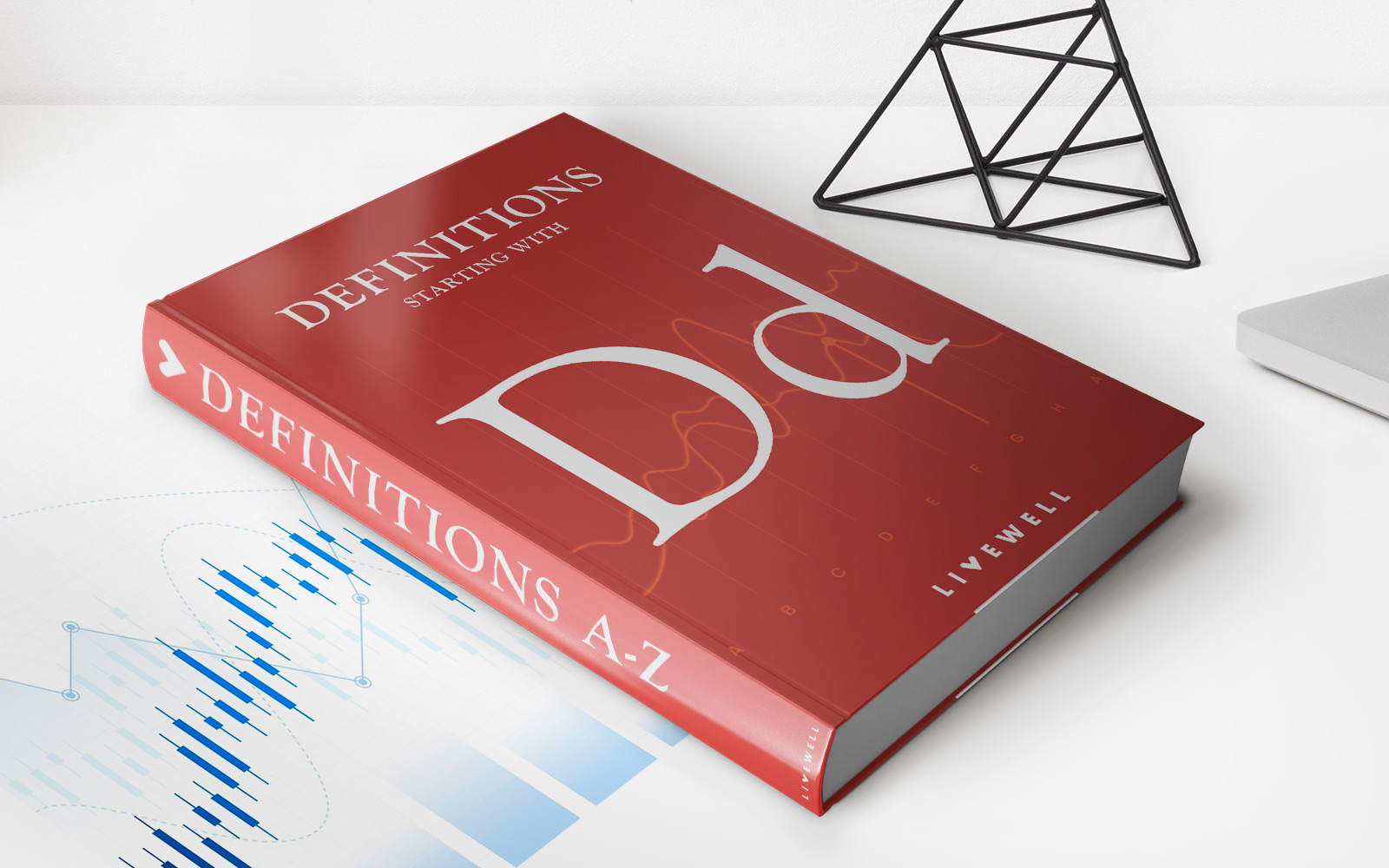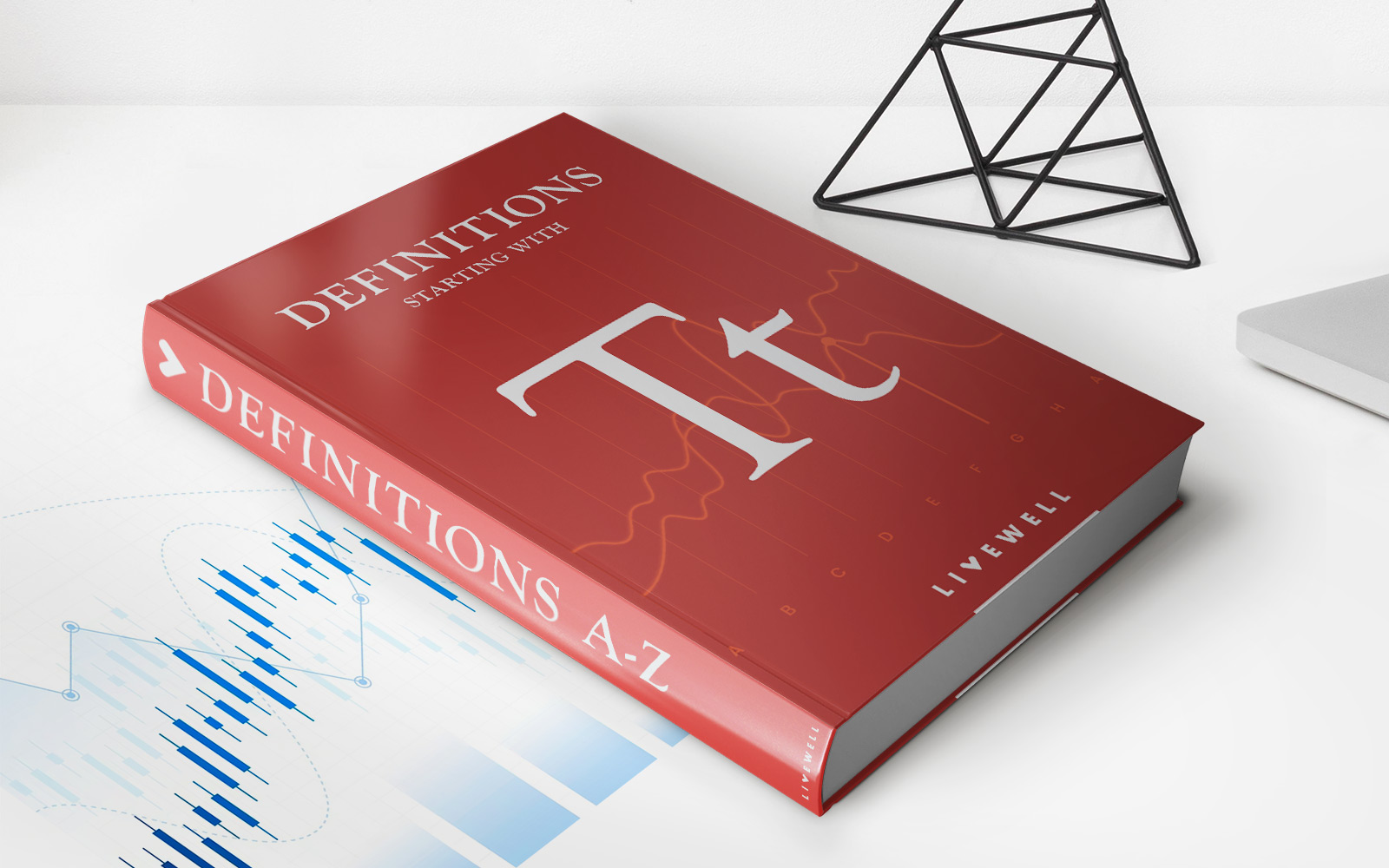

Finance
Target Payout Ratio Definition And Example
Published: February 6, 2024
Learn the definition and example of target payout ratio in finance. Understand how this ratio calculates the dividends paid to shareholders, assisting in financial decision-making.
(Many of the links in this article redirect to a specific reviewed product. Your purchase of these products through affiliate links helps to generate commission for LiveWell, at no extra cost. Learn more)
Unlocking Financial Success: The Target Payout Ratio Defined and Explained
Welcome to our Finance category, where we explore various aspects of financial management to help you make informed decisions and achieve your financial goals. In today’s post, we will delve into the concept of the target payout ratio, a crucial metric for companies to consider when distributing profits to shareholders. Understanding this ratio can provide valuable insights into a company’s financial health and future prospects. So, let’s dive in and explore what the target payout ratio is all about!
Key Takeaways
- The target payout ratio is a metric used by companies to determine the proportion of profits they distribute as dividends to shareholders.
- A high target payout ratio indicates that a company allocates a significant portion of its earnings to dividends, signaling stability and a commitment to rewarding its shareholders.
What exactly is the target payout ratio?
The target payout ratio is a financial metric that represents the proportion of a company’s profits which are distributed to shareholders as dividends. This ratio helps companies determine how much of their earnings they can feasibly pass on to shareholders while balancing the need for capital reinvestment and strategic growth.
In essence, the target payout ratio provides a guideline for a company to decide the optimal amount of earnings to retain for reinvestment in the business versus the portion that should be distributed to shareholders as a return on their investment.
The formula to calculate the target payout ratio is:
Target Payout Ratio = Dividends Paid / Net Income
Why is the target payout ratio important?
The target payout ratio offers valuable insights into a company’s financial health and management’s approach to rewarding shareholders. Here are a few reasons why this ratio is of significance:
- Stability and commitment: A high target payout ratio indicates that a company allocates a significant portion of its earnings to dividends, signifying financial stability and a commitment to rewarding its shareholders.
- Future growth opportunities: On the other hand, a lower target payout ratio suggests that a company retains a larger portion of its profits for reinvestment in growth initiatives, such as research and development, acquisitions, or capital expenditures, which can drive future growth and increase shareholders’ value.
By analyzing a company’s target payout ratio, investors and financial analysts can gain insights into management’s strategic decisions regarding the allocation of earnings and the potential for future growth.
Example: Calculating the target payout ratio
Let’s illustrate the target payout ratio with a hypothetical example:
Company XYZ reports a net income of $10 million for the fiscal year. During the same period, the company pays out $5 million in dividends to its shareholders. To calculate the target payout ratio:
Target Payout Ratio = Dividends Paid / Net Income = $5,000,000 / $10,000,000 = 0.5 or 50%
Therefore, Company XYZ has a target payout ratio of 50%. This means that the company distributes 50% of its earnings to shareholders as dividends, while retaining the remaining 50% for reinvestment or other purposes.
In conclusion
The target payout ratio is a vital financial metric that provides insights into a company’s dividend distribution policy and future growth prospects. Companies with high target payout ratios demonstrate a commitment to providing returns to shareholders, while those with lower ratios indicate a focus on reinvestment and future growth. By understanding and analyzing the target payout ratio, investors and financial analysts can make more informed decisions when evaluating companies and their potential for financial success.


